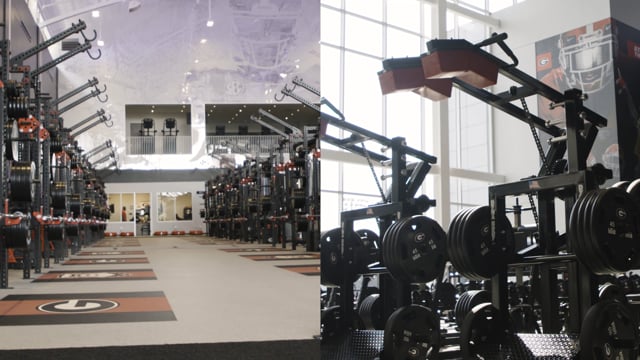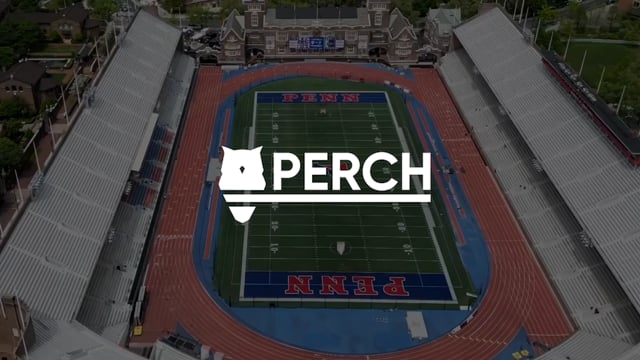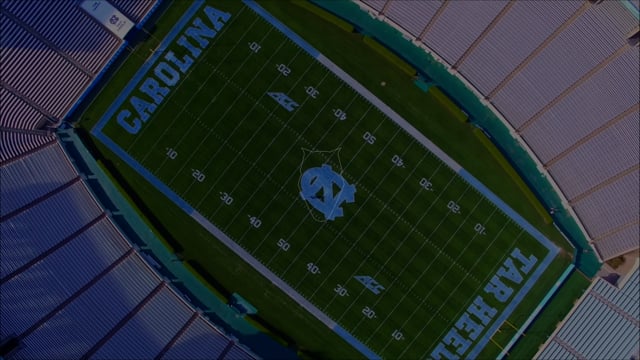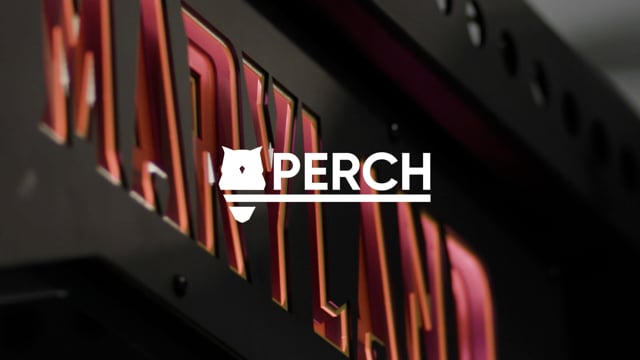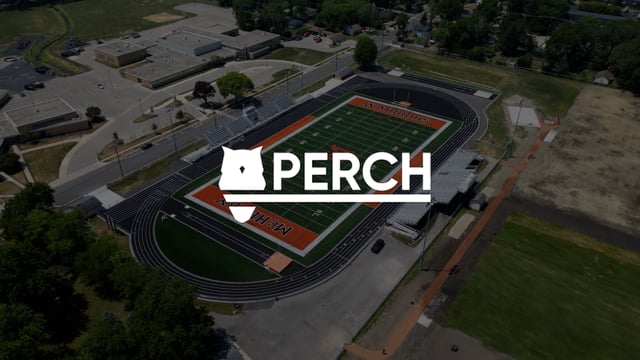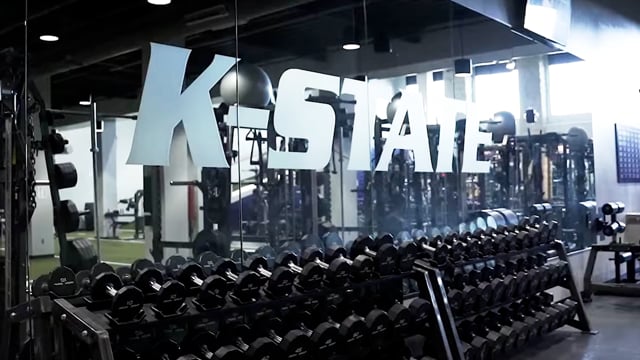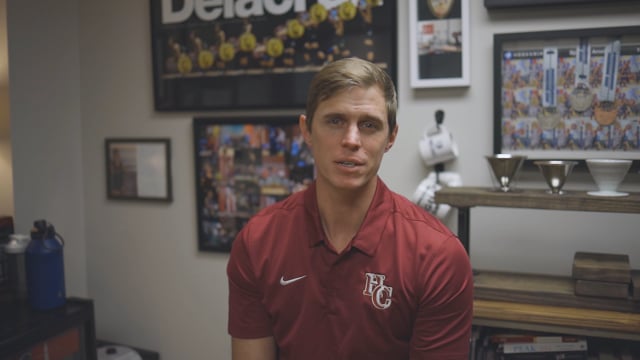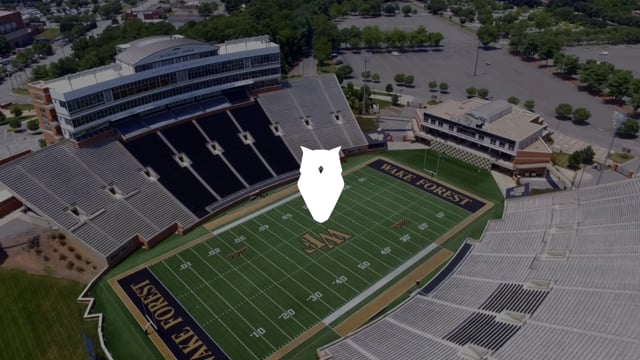Baseball and VBT

GETTING STARTED WITH VELOCITY BASED TRAINING
Coach Brandon Golden was a performance coach in baseball for many years. He formerly was an assistant strength coach at East Carolina University, then with the Dodgers organization in the MLB, and is now with Future Fit. Brandon learned about velocity based training while at St. John’s University and used baseball and VBT to dig deeper. Brandon's introduction to velocity based training was via Tendo Units. He saw how easy assessing athletes and planning programs could be.
Brandon saw the immediate difference VBT made for his players. When Perch came onto the scene, Brandon dug deeper and realized how big of a difference passive data collection and stored analytics could make. Brandon saw his athletes increase in power and strength with immediate feedback on each rep. He can watch them get excited with instant results as they lifted, helping create an even more competitive atmosphere. Baseball and VBT go hand in hand, here is why!

IMPLEMENTING VELOCITY BASED TRAINING
Brandon tries to meet athletes where they are. He uses velocity as markers and understand if an athlete is deficient in a specific train. He will then train them through a cycle using desired velocity parameters for specific adaptations. Brandon assesses athlete efficiency at the end of each cycle at heavier loads in that velocity range to determine where to train his athletes next.
- Easily build and maintain athlete profiles based off of VBT and Perch data. Immediate feedback enhances the individual session, while stored data enhances long term development.
- Recovery is easy to track and maintain with athletes by using velocity ranges to see how much an athlete can handle. Coaches can then keep athletes healthy in season more easily.
- Increase efficiency with instantaneous data and feedback from your VBT device. Coaches don’t have to wait to assess athlete lifts for the day.
CULTURE IN THE WEIGHT ROOM WITH VBT
VBT in the weight room has created a new kind of buy-in with Brandon’s athletes. Athlete goals can be set, kept, and monitored over time for each individual. Each athlete sport and positional specific needs are taken into account with baseball and VBT. Moreover, training with VBT can help gamify the weight room even more, so athletes can push themselves both in the weight room and on the field of play. Brandon profiles each athlete to build a road map and track progress over time.
Velocity Based Training creates a competitive weight room atmosphere. Athletes will regularly try to one-up each other within their loads in specific velocity zones. The weight room atmosphere improvements wasn't something Brandon even expected. But competitive by nature, athletes will do everything they can to out-perform each other, VBT facilitates that too!
OUR TIPS & TRICKS
Using velocity daily is like continuously checking a map. Athletes will tell you how they feel, how recovered they are, and where they need to go next with their bodies and with the objective data from VBT devices. Without velocity, we are guessing on loads.
Monitor readiness daily and you’ll learn a ton about fatigue and VBT alike. Brandon recommends assessing 70%RM for athletes daily to gauge performance.
Train deficiencies until they are efficiencies. Athletes can work on “areas of improvement” and literally see themselves get better with the objective data. With that, they’re bought into you and your program at once.
DOWNLOAD THE FULL CASE STUDY & FOLLOW US!
Keep checking back for more velocity based training content, tips, tricks, and tools. And don’t forget to follow us on Twitter , Instagram and LinkedIn and like us on Facebook . And more on our YouTube Page!
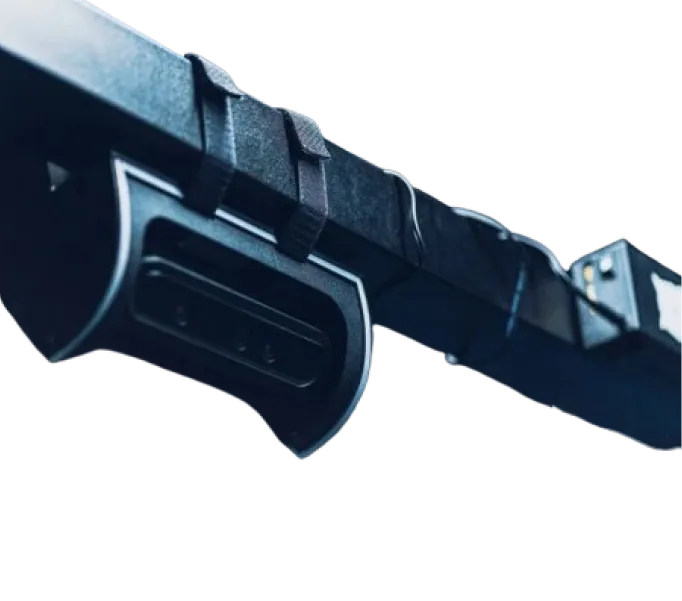
Start Gathering Data With Perch Today!
Reach out to us to speak with a representative and get started using Perch in your facility.
